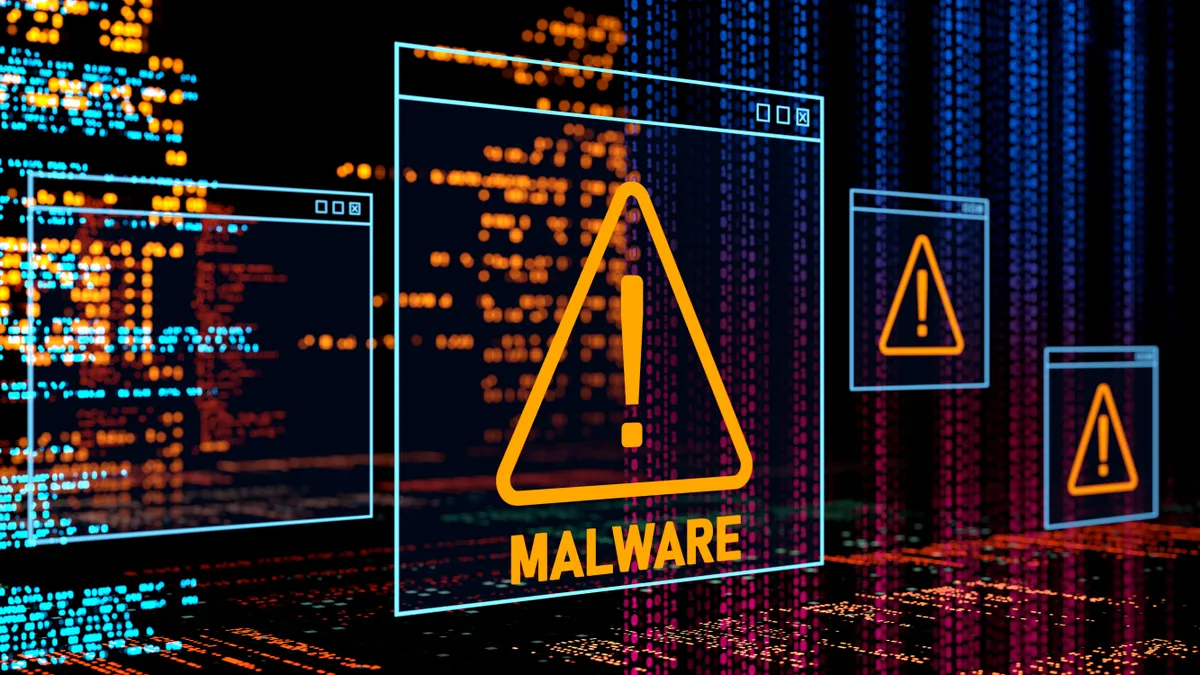At the Consumer Electronics Show (CES) in Las Vegas earlier in January, one subject that cut through the noise of the typically hectic, crowded conference was fifth-generation wireless communications, commonly referred to as 5G. The upgrade, which has been hyped for years and promises to greatly increase speed and reduce latency, was positioned as a watershed moment in helping to shift industries from the digital age into a truly data-driven one. For some, that evolution goes as far as kick-starting a fourth industrial revolution, with everything from widespread self-driving cars to AI-powered image recognition.
If that sounds like a far-off future, it probably still is, at least according to marketers who require technology to be scalable for it to inform their strategies. Despite the major carriers, like Verizon and AT&T, eyeing 2019 as the year of potential mainstream delivery for 5G networks, it's highly unlikely that brands will deploy activations of significance in the coming months, multiple sources told Mobile Marketer. Several of them who attended CES sounded underwhelmed by the messaging coming from some the biggest 5G stakeholders, which has occasionally been jumbled because there are so few universal standards around the technology.
"Last year, I felt like [5G] was closer than I do now," Brian Martin, Project Worldwide 's SVP of marketing and communications, told Mobile Marketer in a phone interview. "What I also felt at [CES] for the first time, is that they're quietly beginning to manage our expectations about it in the transition."
More managed expectations around 5G stem from the amount of infrastructure change that must occur to support 5G at scale, which, as Bloomberg reported, might have been delayed during the recent government shutdown since the FCC, whose employees were furloughed, needs to approve compatible devices and equipment. But there are also more nuanced barriers to 5G emerging that suggest marketers might be best served over the coming months by dreaming up some big ideas for the long term or otherwise prepping for when the technology is actually feasible for their business.
"In terms of timing, 2019 definitely ain't the year," Daniel Murphy, Deutsch's EVP and director of digital, told Mobile Marketer. "Until you're more or less in all major metropolitan cities and coast-to-coast, there's not the incentive to take advantage of it all because the usage isn't there yet."
A bumpy start
There are certain hurdles to 5G implementation, like the government shutdown, that are outside the industry's control. But if CES was the big forum for the carriers to sell decision-makers on the appeal of next-gen wireless communications and kick it off as the top conversation for the new year, some attendees felt that the execution was clumsy.
"From the marketing world perspective, the thing that amazed me most during CES was what a mess the carriers made out of the messaging," Chick Foxgrover, chief digital officer at the trade body the 4A's, told Mobile Marketer. "It was like they fumbled the ball just at the starting whistle."
AT&T received a lot of flak, including from competitors like Sprint, T-Mobile and Verizon, for showcasing what the company calls "5G E" devices, which critics argue is not true 5G but an extension of the existing 4G LTE model. Squabbles over what constitutes "real" 5G help to draw out another tough reality about the technology: that it will take a long time to implement in any standardized way, and even once implemented, awhile longer to get in the hands of consumers.
"It was like [the carriers] fumbled the ball just at the starting whistle."

Chick Foxgrover
Chief digital officer, 4A's
"In every case, you're going to have to be able to upgrade your phone to take advantage of [5G]," Foxgrover said. "So before all of that [infrastructure] is even in place, there's really not a whole lot of marketing opportunities except for case study-like experiments and things of that nature."
There are notable pockets of 5G network tests occurring in metropolitan areas in the U.S., such as Houston, but the fact that Apple does not have 5G-ready devices in the cards for its next generation of smartphones is in many ways indicative that 5G has not truly arrived.
"It's definitely not mass until it's iPhone, at least domestically," Murphy said. "When Apple takes the plunge, then it's here."
Devil in the details
There are other intricacies to 5G that present challenges that prior generations of wireless networks haven't necessarily experienced. As opposed to 4G and its predecessors, fixed 5G services that have been tested to date have often operated through "millimeter wave" frequencies, which have trouble penetrating low-emissivity glass.
"There are some physical barriers 5G has yet to overcome that will impact automotive, for instance," Gosha Khuchua, Fetch U.S.'s managing partner and head of media, told Mobile Marketer. "5G doesn't travel inside your car in the same way that 4G does."
But cars are just one space that's increasingly mobile-oriented, and a piece of 5G's great potential, according to Khuchua, will be its ability to reach beyond the smartphone to tie together a growing suite of Internet of Things (IoT) devices, including those powered by voice assistants. That could ultimately prove to be a linchpin in ensuring software like Amazon Alexa isn't viewed by consumers as gimmicky, Khuchua said.
"Some of these are engineering problems that can be engineered out. It's the behavioral change that will take longer."

Gosha Khuchua
Managing partner and head of media, U.S., Fetch
However, for those focused on IoT, there are other options to consider. Foxgrover pointed to a wireless tech called LoRa that's positioned as a cheaper, lower-power 5G alternative. Even if 5G's kinks are ironed out faster than expected, marketers must consider the time it takes to get consumers and even business partners adjusted to a new way of doing things with a greater number of mobile devices.
"Some of these are engineering problems that can be engineered out," Khuchua said. "It's the behavioral change that will take longer: it will take conditioning, it will take education."
A seismic shift
When it comes to education and conditioning, marketers should still get the ball rolling on 5G now, experts said. It's difficult to pin when 5G will be in full swing — sources offered estimates of a best-case scenario of 18 months to as far off as 2022 — but the way it will accelerate the development of everything from augmented reality to data marketing could create seismic shifts in the industry.
"Certainly from a strategy and creative experimentation side of things, getting prepared for [5G] and wrapping your mind around that in terms of what kind of brand experiences you might want to bring to clients in a year or two, that's certainly worthwhile," Foxgrover said.
Project Worldwide's Martin highlighted a CES talk given by Procter & Gamble's Chief Brand Officer Marc Pritchard where the executive envisioned a world with no ads and where content and product are increasingly informed by data in real time — capabilities that 5G could theoretically unlock.
"In this new world, there might be a better way to do [marketing] than spending money making ads," Martin said. "You have the ability to think even more holistically about a client's business and how you might drive that forward."
Consumers appear eager for the change, as a recent survey by Matrixx Software found that 87% of mobile users plan to upgrade their phones to a 5G-enabled device. That interest could be a key factor in stemming the slowdown that's recently impacted smartphone sales as well.
To get a sense of what 5G networks could enable, simply look at the unforeseen shifts that prior jumps in wireless communications have spurred, according to Murphy. The change from 3G to 4G, for example, ushered in the era of apps like Vine and ultimately the rise in mobile video and mobile gaming, which continue to command larger investments from marketers and guide industry trends.
"It made the phone feel more indispensable — it made the smartphone feel smart and a part of your everyday life," Khuchua said. "Are we going to experience that step change but across more devices that we live with with 5G? I should only hope so, but it remains to be seen."




















